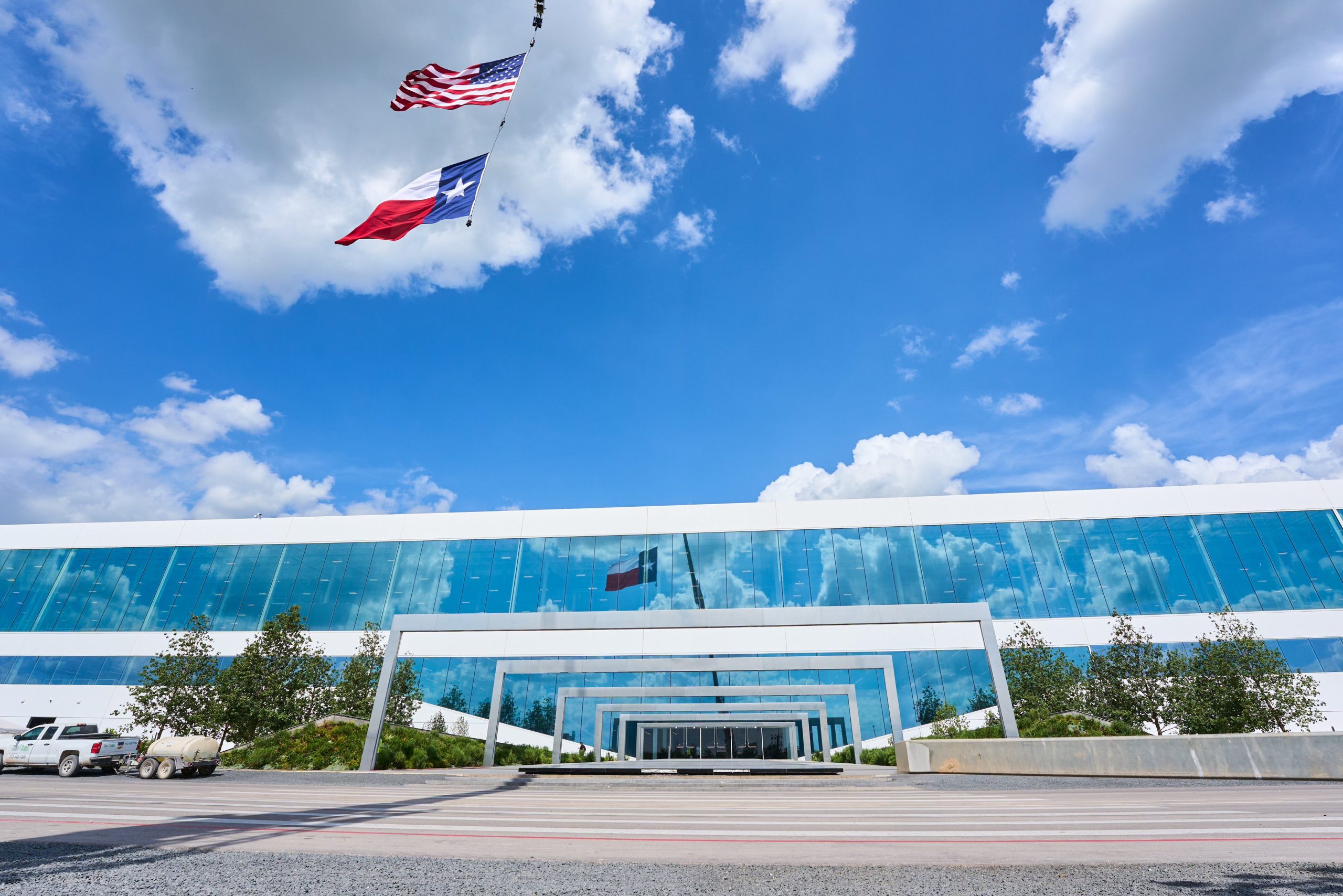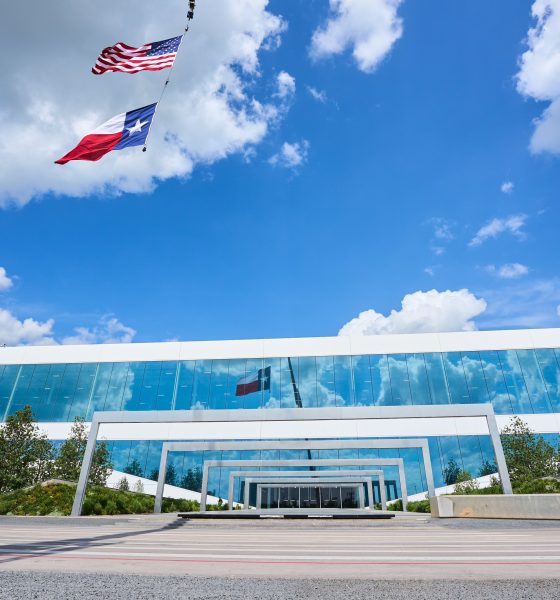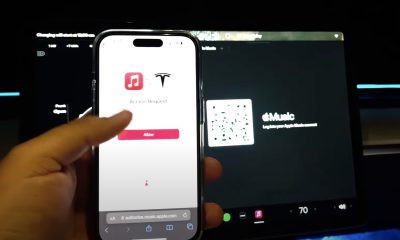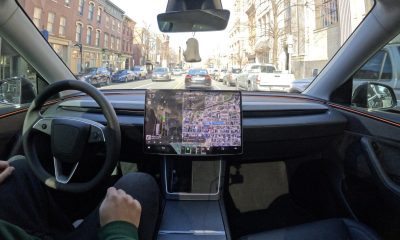An Indian minister from the state of Andhra Pradesh has met with one of Tesla’s top executives at the company’s Gigafactory Texas, following years of attempts to court the U.S. automaker to build a manufacturing facility in the country.
On Monday, Nara Lokesh, the Minister of Human Resources Development for Andhra Pradesh, announced in a post on X that he met with Tesla CFO Vaibhav Taneja to discuss building an electric vehicle (EV) manufacturing facility in the state. Lokesh said he let Taneja know of the Anantapur district as a good option, noting that the state is aiming to reach a target of achieving 72GW of renewable energy production by 2029.
Check out the full post from Lokesh below, as translated into English:
I visited the Tesla headquarters in Austin. I explained to Tesla CFO Vaibhav Taneja the possibilities and advantages of investing in Andhra Pradesh in the field of manufacturing electric vehicles internationally. Under the leadership of visionary leader Chandrababu, we have aimed to achieve 72 gigawatts of renewable energy production in AP by 2029, and we have sought the help and support of top global companies like Tesla to achieve our goal. I informed that Anantapur district of Andhra Pradesh will be a strategic location for setting up of Tesla EV manufacturing and battery product units.
Tesla’s history of rumored EV sales, manufacturing in India
Rumors of Tesla’s entry into India—both regarding the company’s eventual launch of EV sales in the country and whispers of a potential manufacturing facility—have circulated widely for years, but so far it doesn’t seem like there are any concrete plans to follow up on these hopes.
Since at least 2021, Tesla has attempted to garner reduced import duties on its EVs, effectively allowing it to sell its vehicles in the country at the highest profit margin possible. Elon Musk later went on to say that it would be “quite likely” that Tesla could build a factory in India, once the company is able to succeed with imported vehicles.
Rumors of Tesla launching EV sales in India and those of a Gigafactory in the country haven’t slowed down in the many months between then and now, though talks on the subject seem to have largely halted throughout this year.
More recently, Musk was expected to visit India in April, though he later delayed the visit citing heavy obligations with Tesla at the time. Just days later, Musk went on to visit China, eliciting some negative reactions from government officials in the country.
“Such is the lack of faith in the Modi govt’s regulatory policies, that big businesses are turning to China over India repeatedly,” wrote Shama Mohamed, the national spokesperson for Modi’s opposition Congress party.
The visit hasn’t been rescheduled as of yet at this point, and it’s not clear if or when it will be. In June, however, Musk tagged India Prime Minister Narendra Modi in a post, saying that he was “looking forward to [his] companies doing exciting work in India.”
Previous reports from local outlets this year suggested that three other states were frontrunners for a potential facility, though no apparent motion has been made on Tesla’s EVs getting import taxes lowered, allowing it to start sales in the state. Interestingly, the three states did not include Andhra Pradesh.
In any case, it’s unlikely that we’ll see any tangible news on the subject until the two parties can come to an agreement on Tesla imports, as Musk has previously stated, so it’s probably not time for those in the country to get their hopes up just yet.
Tesla keen on three states for India expansion — if it ever happens
What are your thoughts? Let me know at zach@teslarati.com, find me on X at @zacharyvisconti, or send us tips at tips@teslarati.com.

News
Tesla owners propose interesting theory about Apple CarPlay and EV tax credit
“100%. It’s needed for sales because for many prospective buyers, CarPlay is a nonnegotiable must-have. If they knew how good the Tesla UI is, they wouldn’t think they need CarPlay,” one owner said.

Tesla is reportedly bracing for the integration of Apple’s well-known iOS automotive platform, CarPlay, into its vehicles after the company had avoided it for years.
However, now that it’s here, owners are more than clear that they do not want it, and they have their theories about why it’s on its way. Some believe it might have to do with the EV tax credit, or rather, the loss of it.
Owners are more interested in why Tesla is doing this now, especially considering that so many have been outspoken about the fact that they would not use it in favor of the company’s user interface (UI), which is extremely well done.
After Bloomberg reported that Tesla was working on Apple CarPlay integration, the reactions immediately started pouring in. From my perspective, having used both Apple CarPlay in two previous vehicles and going to Tesla’s in-house UI in my Model Y, both platforms definitely have their advantages.
However, Tesla’s UI just works with its vehicles, as it is intuitive and well-engineered for its cars specifically. Apple CarPlay was always good, but it was buggy at times, which could be attributed to the vehicle and not the software, and not as user-friendly, but that is subjective.
Nevertheless, upon the release of Bloomberg’s report, people immediately challenged the need for it:
Everyone thinks they need it. I would think that too if I didn’t know how good Tesla’s interface was. CarPlay is a crappy layer on top of crappy info-navs, and people think it’s an imperative because it provides a level of consistency from car to car. They have no clue how much…
— Rich Stafford (@r26174_rich) November 14, 2025
How can it not be when the best engineers choose Tesla over Apple and Tesla’s core focus is auto vs Apple being mobile. It’s what Tesla does every day. It’s a side project for Apple. Still Apple is much better than any other auto OEM who attract lesser talent and make digital…
— Emu (@confessedemu) November 14, 2025
Some fans proposed an interesting point: What if Tesla is using CarPlay as a counter to losing the $7,500 EV tax credit? Perhaps it is an interesting way to attract customers who have not owned a Tesla before but are more interested in having a vehicle equipped with CarPlay?
“100%. It’s needed for sales because for many prospective buyers, CarPlay is a nonnegotiable must-have. If they knew how good the Tesla UI is, they wouldn’t think they need CarPlay,” one owner said.
Tesla has made a handful of moves to attract people to its cars after losing the tax credit. This could be a small but potentially mighty strategy that will pull some carbuyers to Tesla, especially now that the Apple CarPlay box is checked.
@teslarati :rotating_light: This is why you need to use off-peak rates at Tesla Superchargers! #tesla #evcharging #fyp ♬ Blue Moon – Muspace Lofi
Investor's Corner
Ron Baron states Tesla and SpaceX are lifetime investments
Baron, one of Tesla’s longest-standing bulls, reiterated that his personal stake in the company remains fully intact even as volatility pressures the broader market.
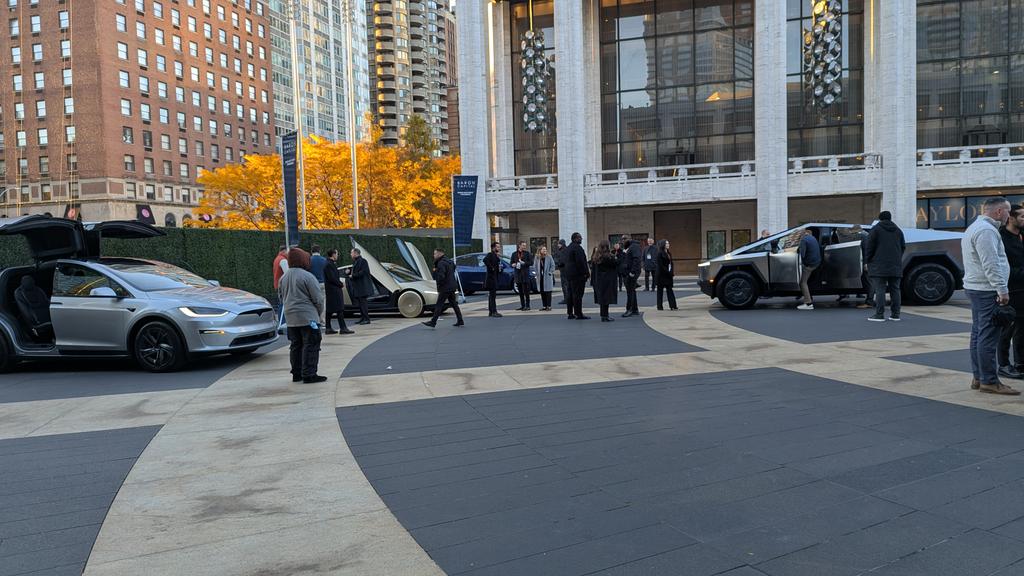
Billionaire investor Ron Baron says he isn’t touching a single share of his personal Tesla holdings despite the recent selloff in the tech sector. Baron, one of Tesla’s longest-standing bulls, reiterated that his personal stake in the company remains fully intact even as volatility pressures the broader market.
Baron doubles down on Tesla
Speaking on CNBC’s Squawk Box, Baron stated that he is largely unfazed by the market downturn, describing his approach during the selloff as simply “looking” for opportunities. He emphasized that Tesla remains the centerpiece of his long-term strategy, recalling that although Baron Funds once sold 30% of its Tesla position due to client pressure, he personally refused to trim any of his personal holdings.
“We sold 30% for clients. I did not sell personally a single share,” he said. Baron’s exposure highlighted this stance, stating that roughly 40% of his personal net worth is invested in Tesla alone. The legendary investor stated that he has already made about $8 billion from Tesla from an investment of $400 million when he started, and believes that figure could rise fivefold over the next decade as the company scales its technology, manufacturing, and autonomy roadmap.
A lifelong investment
Baron’s commitment extends beyond Tesla. He stated that he also holds about 25% of his personal wealth in SpaceX and another 35% in Baron mutual funds, creating a highly concentrated portfolio built around Elon Musk–led companies. During the interview, Baron revisited a decades-old promise he made to his fund’s board when he sought approval to invest in publicly traded companies.
“I told the board, ‘If you let me invest a certain amount of money, then I will promise that I won’t sell any of my stock. I will be the last person out of the stock,’” he said. “I will not sell a single share of my shares until my clients sold 100% of their shares. … And I don’t expect to sell in my lifetime Tesla or SpaceX.”
Watch Ron Baron’s CNBC interview below.
@teslarati :rotating_light: This is why you need to use off-peak rates at Tesla Superchargers! #tesla #evcharging #fyp ♬ Blue Moon – Muspace Lofi
News
Tesla CEO Elon Musk responds to Waymo’s 2,500-fleet milestone
While Tesla’s Robotaxi network is not yet on Waymo’s scale, Elon Musk has announced a number of aggressive targets for the service.

Elon Musk reacted sharply to Waymo’s latest milestone after the autonomous driving company revealed its fleet had grown to 2,500 robotaxis across five major U.S. regions.
As per Musk, the milestone is notable, but the numbers could still be improved.
“Rookie numbers”
Waymo disclosed that its current robotaxi fleet includes 1,000 vehicles in the San Francisco Bay Area, 700 in Los Angeles, 500 in Phoenix, 200 in Austin, and 100 in Atlanta, bringing the total to 2,500 units.
When industry watcher Sawyer Merritt shared the numbers on X, Musk replied with a two-word jab: “Rookie numbers,” he wrote in a post on X, highlighting Tesla’s intention to challenge and overtake Waymo’s scale with its own Robotaxi fleet.
While Tesla’s Robotaxi network is not yet on Waymo’s scale, Elon Musk has announced a number of aggressive targets for the service. During the third quarter earnings call, he confirmed that the company expects to remove safety drivers from large parts of Austin by year-end, marking the biggest operational step forward for Tesla’s autonomous program to date.
Tesla targets major Robotaxi expansions
Tesla’s Robotaxi pilot remains in its early phases, but Musk recently revealed that major deployments are coming soon. During his appearance on the All-In podcast, Musk said Tesla is pushing to scale its autonomous fleet to 1,000 cars in the Bay Area and 500 cars in Austin by the end of the year.
“We’re scaling up the number of cars to, what happens if you have a thousand cars? Probably we’ll have a thousand cars or more in the Bay Area by the end of this year, probably 500 or more in the greater Austin area,” Musk said.
With just two months left in Q4 2025, Tesla’s autonomous driving teams will face a compressed timeline to hit those targets. Musk, however, has maintained that Robotaxi growth is central to Tesla’s valuation and long-term competitiveness.
@teslarati :rotating_light: This is why you need to use off-peak rates at Tesla Superchargers! #tesla #evcharging #fyp ♬ Blue Moon – Muspace Lofi
-

 News7 days ago
News7 days agoTesla shares rare peek at Semi factory’s interior
-

 Elon Musk1 week ago
Elon Musk1 week agoTesla says texting and driving capability is coming ‘in a month or two’
-

 News6 days ago
News6 days agoTesla makes online ordering even easier
-

 News6 days ago
News6 days agoTesla Model Y Performance set for new market entrance in Q1
-

 News1 week ago
News1 week agoTesla Cybercab production starts Q2 2026, Elon Musk confirms
-
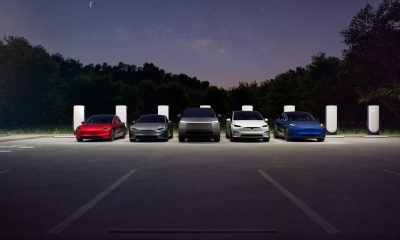
 News5 days ago
News5 days agoTesla is launching a crazy new Rental program with cheap daily rates
-

 News1 week ago
News1 week agoTesla China expecting full FSD approval in Q1 2026: Elon Musk
-

 News1 week ago
News1 week agoTesla Model Y Performance is rapidly moving toward customer deliveries
